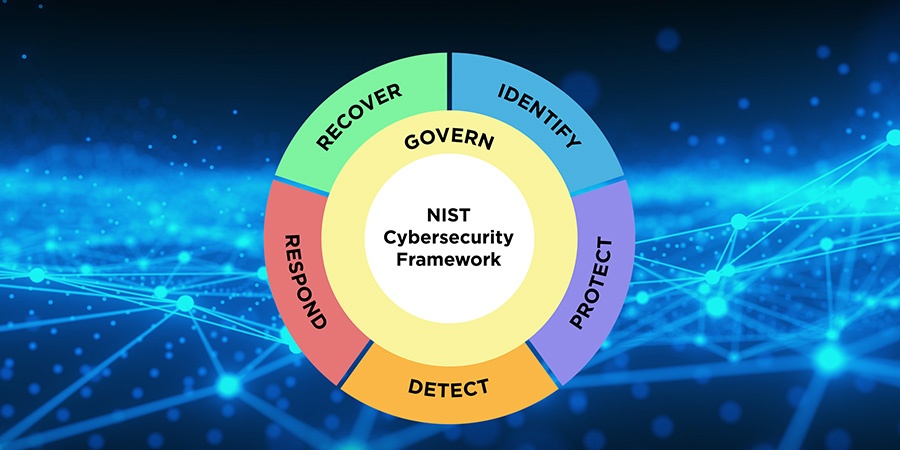In today’s interconnected world, third-party APIs play a crucial role in software development, enabling developers to access external services and functionality. These APIs allow companies to integrate with established platforms, leverage specialized services, and streamline development processes. However, the utilization of third-party APIs introduces potential risks and vulnerabilities that organizations must be aware of and address proactively. Securing third-party APIs is now becoming an imperative.
Overall, API attacks have recently risen 400% and it is on its way to becoming the most frequent attack vector. This increase has been due to their increasing creation and usage, and shortcomings in properly implementing security. In this blog, we will explore the concept of third-party APIs, their business value, the risks associated with them, notable breaches, and best practices to mitigate these risks.
Understanding third-party APIs
Third-party APIs are sets of rules and protocols that allow developers to interact with services provided by external parties. They provide predefined methods and functionalities that can be integrated into applications, saving development time and effort. For example, a social media API allows developers to access and interact with social media platforms from their applications.
How are third-party APIs used?
Third-party APIs find applications in various industries and sectors. Some common examples include:
- Payment gateways: Companies integrate with payment APIs to facilitate secure and convenient transactions.
- Social media integrations: APIs provided by platforms like Facebook or Twitter allow developers to incorporate social media features into their applications.
- Mapping services: APIs like Google Maps enable developers to integrate interactive maps and location-based features into their applications.
- Data analytics: APIs provided by analytics platforms offer tools to process and analyze data effectively.
The business value of third-party APIs
Integrating third-party APIs offers several advantages to companies. By leveraging existing API functionalities, developers can accelerate development, focusing on core features and saving time. This helps organizations bring new products and features to market faster for their customers. Increased functionality is another value creation from APIs. Third-party APIs provide access to specialized services and features that may not be feasible to develop in-house.
 Certainly, from the business perspective, the cost savings it provides cannot be overlooked. Using existing APIs can reduce development and maintenance costs. And in today’s competitive world where these APIs are key assets, they help foster innovation. Access to third-party APIs encourages developers to create new and unique applications by combining different services. In fact, 98% of IT leaders believe that APIs are an essential part of their organization’s digital transformation
Certainly, from the business perspective, the cost savings it provides cannot be overlooked. Using existing APIs can reduce development and maintenance costs. And in today’s competitive world where these APIs are key assets, they help foster innovation. Access to third-party APIs encourages developers to create new and unique applications by combining different services. In fact, 98% of IT leaders believe that APIs are an essential part of their organization’s digital transformation
Third-Party API breaches: root causes and exposure points
Over the years, we have identified and helped remediate various instances of third-party API insecurity while working with our clients. While each case is unique, they often share common vulnerabilities and risks.
A third-party API breach occurs when unauthorized access or misuse of data occurs through an API integration. These breaches can have severe consequences, including compromised user data, financial losses, and reputational damage for the affected organizations. Third-party API breaches have become increasingly common due to the interconnected nature of modern software ecosystems.
Several factors contribute to third-party API breaches:
- Inadequate security measures: Insufficient implementation of security controls, such as weak authentication mechanisms or lack of encryption, can expose vulnerabilities.
- Vulnerabilities in the API provider’s infrastructure: If the API provider’s systems are compromised, it can impact all the organizations using their API.
- Poor implementation practices: Improper handling of user input, insufficient data validation, or lack of secure coding practices can lead to exploitable vulnerabilities.
Anatomy of the Facebook breach
Several high-profile companies have experienced significant third-party API breaches, shedding light on the potential consequences and root causes. Let’s examine one notable example: The Facebook breach.
In 2018, Facebook, the renowned social media platform, experienced a massive data breach that affected millions of its users. The breach was a result of vulnerabilities in a third-party API integration used by Facebook for its login feature, allowing users to sign into other websites or apps using their Facebook credentials.
How it happened:
- Vulnerability identification: Cybercriminals exploited a vulnerability in the third-party API integration, which enabled them to gain unauthorized access to user accounts.
- Unauthorized access: The attackers leveraged the vulnerability to steal access tokens, granting them unauthorized access to millions of user accounts on Facebook.
- Data exfiltration: The stolen access tokens provided the attackers with the ability to extract personal information from compromised accounts, including names, email addresses, phone numbers, and other profile details.
- Response and mitigation: Facebook responded swiftly by fixing the vulnerability, invalidating compromised access tokens, and notifying affected users about the breach. They also implemented additional security measures and initiated a thorough investigation to prevent future incidents.
Best practices for securing third-party APIs
To mitigate the risks associated with third-party API integrations, organizations should implement the following best practices:
- Secure authentication and authorization: Utilize strong authentication mechanisms, such as multi-factor authentication, and implement proper authorization controls to restrict access.

- Thorough security testing and code review: Regularly test for vulnerabilities and conduct code reviews to identify and address potential weaknesses.
- Monitoring and logging: Implement robust monitoring systems to detect suspicious activities and maintain comprehensive logs for forensic analysis.
- Regular vendor assessments: Continuously assess the security posture of third-party API providers, including their infrastructure, security practices, and compliance with industry standards.
Assessing external companies’ security posture
Securing third-party APIs should be just as important to your vendors and partners. When integrating with external companies’ APIs, it is essential to evaluate their security posture and API security program. Assessments should include considerations like their security controls, incident response procedures, data protection measures, and adherence to relevant compliance standards. Collaborating with secure and reputable partners ensures a stronger overall security posture for your organization.
Prioritize securing third-party APIs
As the reliance on third-party APIs continues to grow, it is crucial for organizations to prioritize API security. Third-party API breaches pose significant risks to organizations, potentially leading to severe financial and reputational damage. By understanding the risks, implementing best practices, and assessing the security posture of external partners, companies can strengthen their defenses against these breaches.
Need a security assessment?
At Signal Hill, we specialize in addressing the unique security challenges associated with third-party API integrations. With our deep understanding of API vulnerabilities, risk mitigation strategies, and industry best practices, we are well-equipped to guide and support your organization in securing your API integrations effectively. Reach out to us and we can take steps to protect your organization from unforeseen risks.



